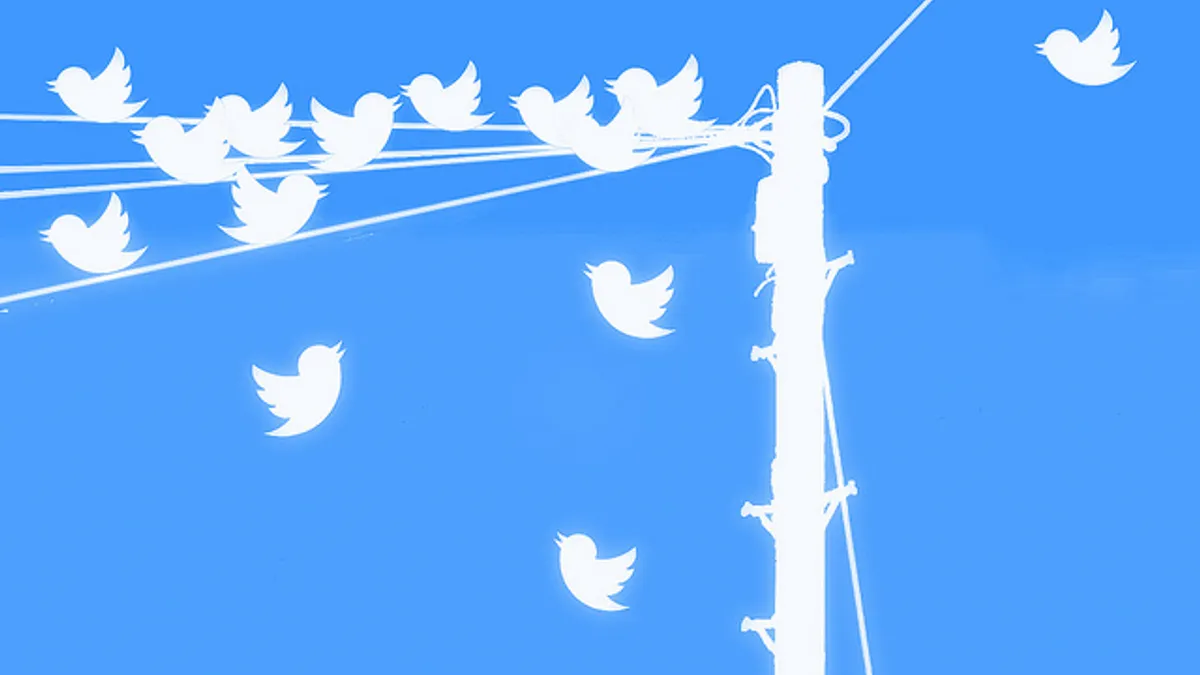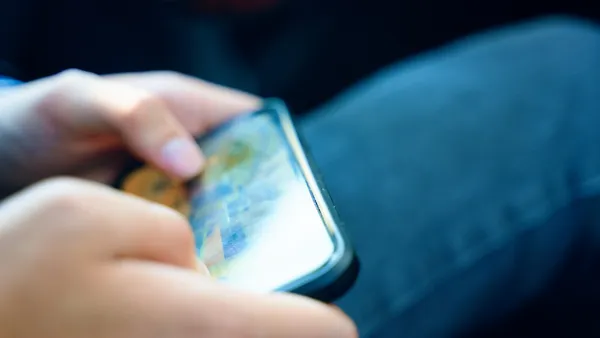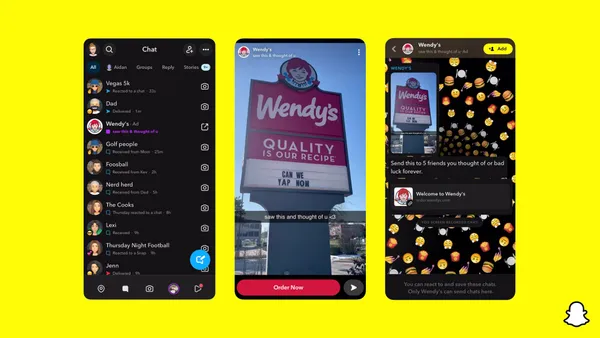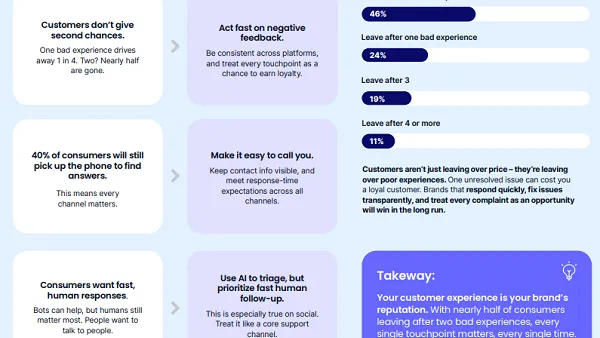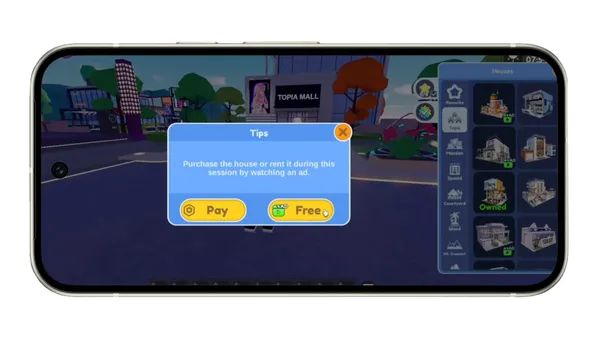Dive Brief:
-
Twitter released a joint study with Applied Marketing Science Wednesday “to figure out the potential revenue benefit to businesses who help their customers” via the platform, as described in a company blog post. The study surveyed 3,139 users, and examined their interactions with a variety of industries like pizza delivery chains and airlines.
-
Findings suggest users are willing to spend anywhere from 3% to 20% more on items from businesses that engage with them through Twitter. Customers who receive responses are also 30% more likely to recommend the brand to others, and 44% more likely to share their experience online and off.
- The report comes at a time when Twitter is struggling, with customer service an area where the company is likely losing ground to chatbots and looking to reinforce its strengths with marketers.
Dive Insight:
Twitter has stood out in the digital space as a tool for customers to publicly air complaints or ask queries of businesses, and the new study released by the company offers data to prove that engagement isn’t a waste of time, and can actually build loyalty and awareness.
Twitter has been honing its strengths as a digital customer care provider of late, rolling out a direct messaging feature that connects its platform to brand websites in August. In September, Twitter expanded its customer service options by allowing brands to display whether they offer support and the “business hours” of when that support is available.
However, Twitter’s lack of any sort of widespread or dedicated AI customer service feature may make it a relic going forward, especially as competitive apps like Facebook Messenger offer over 11,000 branded bots, including one for Domino’s Pizza (pizza delivery being a focal industry Twitter and Applied Marketing Science looked into for their study).
The customer service and “business hours” tags Twitter installed last month made reaching out to brands more formalized, but also demonstrate a limitedness, only providing set windows when support is available, which can’t compare to bots that respond automatically at any time.
The accessibility and responsiveness provided by bots might trump Twitter’s human element when it comes to customer service, as they potentially resolve issues faster and can additionally facilitate in-app payments, as shown through Facebook Messenger or the recently launched Kik chatbot shopping market.



